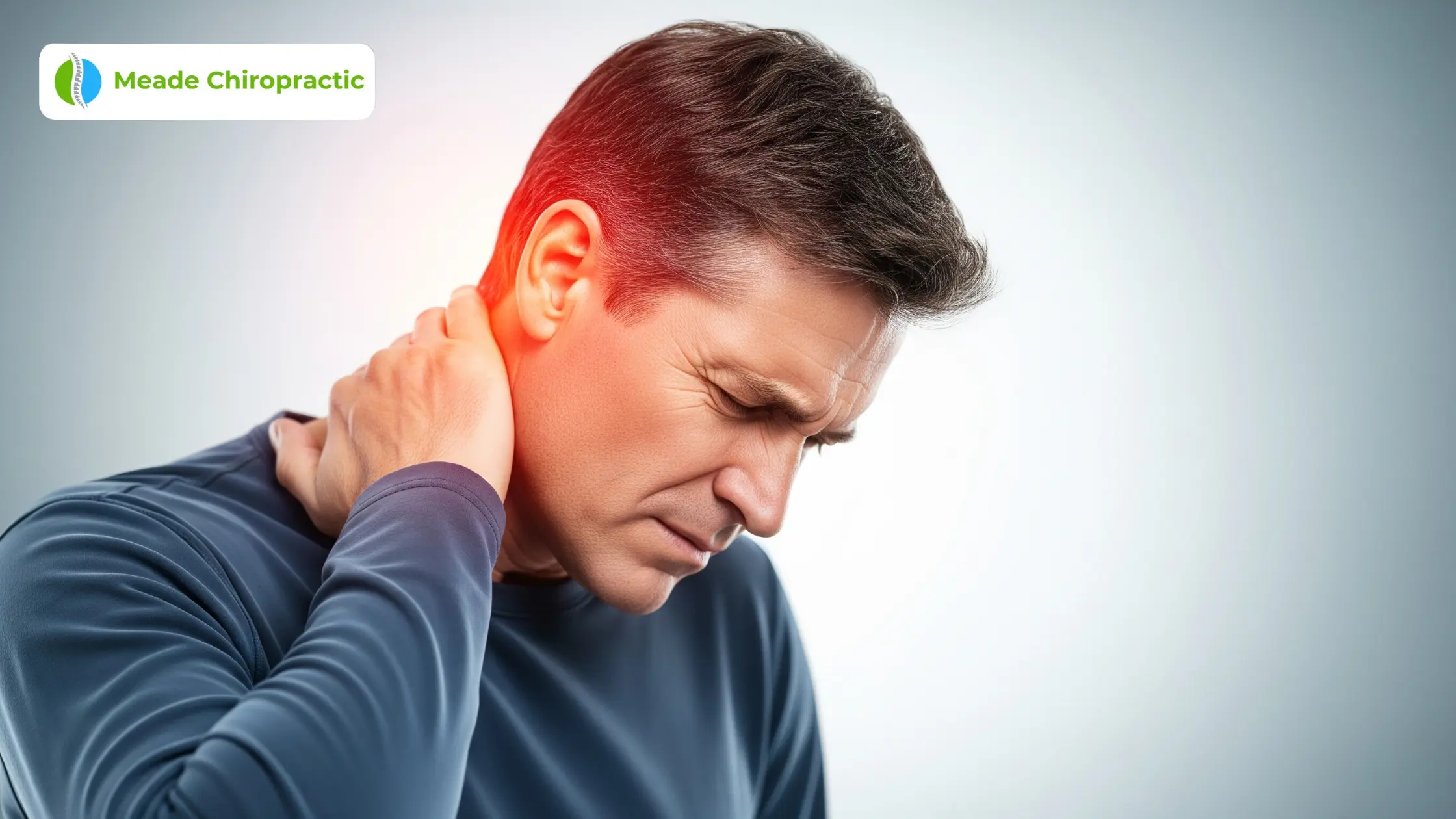Understanding Cervical Spondylosis Symptoms: What You Need to Know

Cervical spondylosis is a common, age-related condition affecting the neck and spine, especially in people over 40. This degeneration of the cervical vertebrae can cause persistent discomfort and interfere with daily activities. Early recognition of cervical spondylosis symptoms can help prevent serious complications. In this article, we’ll explore the signs, how they relate to cervical pain and headache, and the best path toward relief.
Common Cervical Spondylosis Symptoms
The symptoms of cervical spondylosis vary depending on the severity of the condition. Most people initially experience neck stiffness and cervical pain, which may worsen with prolonged sitting or sudden movements. The following are the most reported symptoms:
-
Chronic neck pain that radiates to the shoulders or arms
-
Stiffness in the neck, especially in the morning or after inactivity
-
Headaches, often beginning at the base of the skull and spreading forward
-
Limited range of motion in the neck
-
Tingling or numbness in the arms, hands, or fingers
-
Muscle weakness in upper limbs
These cervical spondylosis symptoms may develop slowly and worsen over time. If the spinal cord becomes compressed, patients may also experience issues with balance, walking, or bladder control.
How Cervical Pain and Headache Are Connected
Many individuals with cervical spondylosis report recurring headaches. This is because the degeneration in the neck can irritate or compress nearby nerves and muscles, especially around the upper cervical spine. These cervicogenic headaches often mimic migraines and can include symptoms such as:
-
Throbbing pain in the back of the head
-
Pressure behind the eyes
-
Neck tenderness
-
Dizziness or visual disturbances
The cervical pain and headache combination can significantly impact concentration, mood, and productivity. Recognizing this link is crucial for proper diagnosis and effective treatment.
Risk Factors and Causes of Cervical Spondylosis
Cervical spondylosis is primarily caused by the wear and tear of bones and cartilage in the neck. While aging is the most common factor, other contributors include:
-
Poor posture, especially from desk jobs
-
Repetitive neck movements or physical labor
-
Sedentary lifestyle
-
Previous neck injuries
-
Genetics or family history
Being aware of these causes can help reduce the chances of developing the condition or worsening existing cervical spondylosis symptoms.
Managing Cervical Spondylosis Effectively
Treatment depends on the severity of symptoms. In mild cases, lifestyle changes and home remedies can ease discomfort. In more advanced cases, professional care becomes essential. Some effective approaches include:
-
Chiropractic care to relieve nerve pressure and improve alignment
-
Physical therapy for posture correction and muscle strengthening
-
Anti-inflammatory medications
-
Cold or heat therapy to reduce pain and stiffness
-
Ergonomic changes in daily routine
At Meade Chiropractic, we focus on treating the root cause of cervical pain and headache, not just the symptoms. Chiropractic adjustments, combined with personalized care plans, offer long-term relief and improved quality of life.
Conclusion
Recognizing the early signs of cervical spondylosis symptoms can prevent long-term damage and chronic discomfort. Symptoms like cervical pain and headache should never be ignored, especially if they persist or interfere with daily activities. Identifying the root causes and seeking professional help can lead to faster recovery and a healthier spine.
If you’re experiencing any of these symptoms, don't wait. Contact Meade Chiropractic today to get a customized treatment plan tailored to your needs. Let our experienced team help you regain comfort and control over your life.







